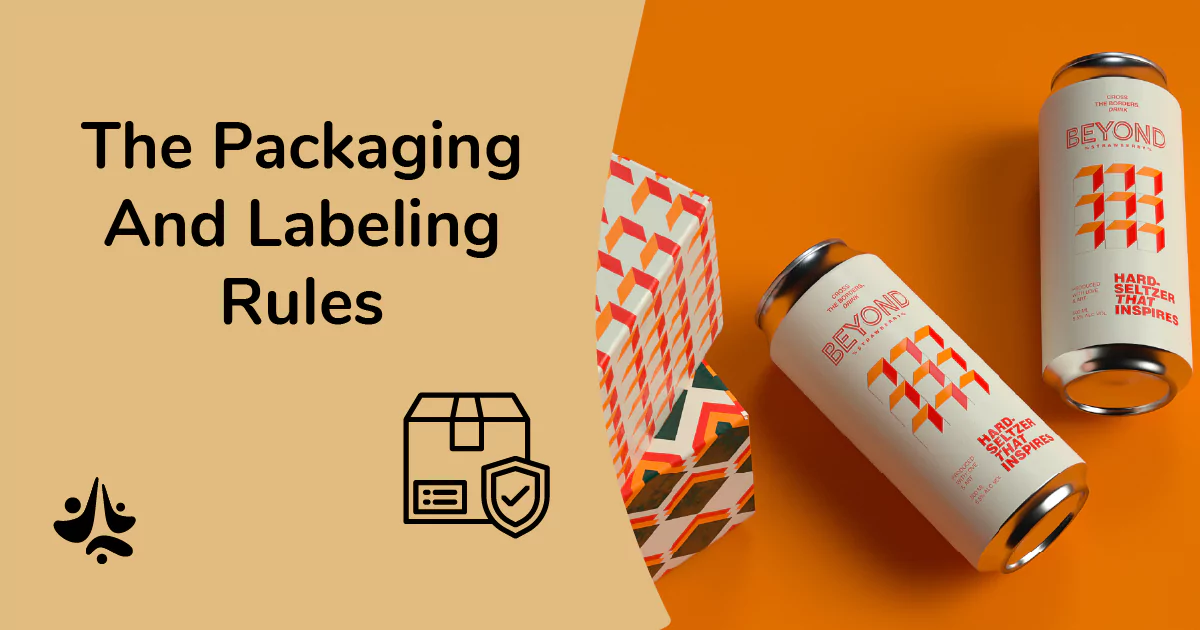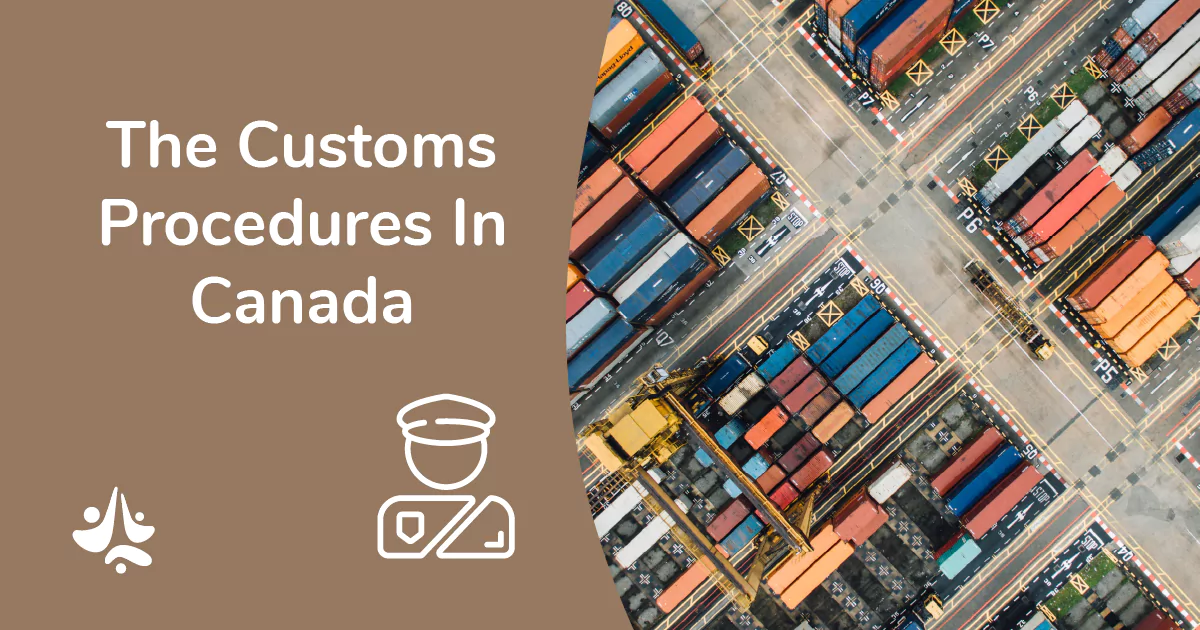Various administrative steps are necessary before you can import or export your products from/to Canada. In order not to forget anything, follow our step-by-step guide:
1- Obtain a business number issued by the Canada Revenue Agency for an import/export account. This number will be used to process customs documents.
2- Identify the goods you want to import. Make sure they are not on the list of prohibited products in Canada. Obtain descriptive documents, information on the composition of the products and, if possible, samples. Some products, such as food or health products, may be subject to the requirements of other federal departments and may require permits, certificates or examinations. This list established by the CBSA enumerates the most frequently imported goods for which a permit or certificate may be required.
3- Determine the country where your goods come from (sometimes different from the country from which they were shipped). This may also include where the individual parts of the product came from and where it was assembled. You can find the official requirements for proof of origin in Memorandum D11-4-2.
4- Decide if you want to use a licensed customs broker to perform customs duties on your behalf.
5- Determine the tariff number of the goods under the Harmonized System. These numbers, along with the country of origin of the goods, will be used to determine your duty rate. You can use this official interactive tool to automatically determine the tariff number of your goods.
6- Determine the tariff treatment and applicable tariff rate. In the customs tariff document, there are two columns to the right of the commodity categories: MFN tariff and applicable preference tariff. MFN tariffs are for all countries except North Korea. Applicable Preferential Tariffs include reduced duty rates due to trade agreements. This interactive tool provides information on the tariffs that apply to goods imported and exported under free trade agreements.
7- Determine whether your goods are subject to the Goods and Services Tax (GST), excise tax or excise duty. GST (5%) is payable on most goods upon importation. Non-taxable imports are identified in section 213 of the Excise Tax Act. If your goods are tax-exempt, you will need to quote the tax-exempt code on your import documents.
8- Determine the value for duty of the goods you are importing. Generally, this is the amount for which you purchased the goods. This amount must be supported by a receipt or invoice from your supplier. The value for duty must be expressed in Canadian dollars (CAD).
9- Report your goods to the CBSA. If you are using a carrier, the carrier will submit an Electronic Data Interchange (EDI) application.
10- Obtain release of your goods. You will need to present the following completed documents to a CBSA office:
- un Form B3
- Two copies of the cargo control document, provided by your carrier
- two copies of the Canada Customs invoice
- One hard copy of any permits, certificates, import licenses or documents required by other government departments and agencies (or an electronic copy for EDI participants)
Remember, you must keep all records of your imports (quantities, prices, country of origin, vendor, etc.) for six years after the date of importation. CBSA may audit commercial imports and adjust the origin, value for duty or tariff classification within four years of importation.



.webp)


.webp)










